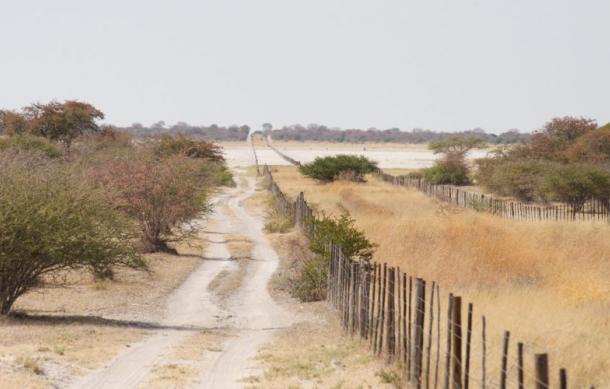
The gradual removal of the cordon fence restrictions is gaining momentum.
Cabinet has directed the Ministry of Agriculture, Water, and Land Reform to conduct a feasibility study over the 2024/25–2025/26 financial years in this respect.
The ministry has been directed to create disease-free zones, which include the construction of veterinary fences and new veterinary gates, the recruitment of additional staff members, and the construction of staff accommodation.
These are expected to commence from 2027 to 2032 for five years.
"Secured funding for the proposed interventions for the creation of disease-free zones in the identified areas, which include the Mangetti area: Karikubis in Kavango East Region, Tsumkwe Constituency in Otjozondjupa Region, Mangetti East Farms in the Kavango West Region, Mangetti West and Onalusheshete Farms in Oshikoto Region, Ombuga area in Oshana Region, Omutambo Maowe area in Omusati Region, and Sesfontein area, Kunene Region," said Deputy Information and Communication Technology Minister, Modestus Amutse, while sharing the latest Cabinet resolutions.
The estimated budget of the feasibility study says the Cabinet resolutions should be determined and submitted to the Treasury for appropriation during the mid-term budget review.
Cabinet also approved the expansion of communal areas of Ovitoto, Otjimbingwe, and Arminius in terms of the Communal Land Reform Act, subject to proclamation published in the Government Gazette and in both print and electronic media.
Another resolution is a directive to the Ministry of International Relations and Cooperation to spearhead the development of a roadmap for Namibia's engagement with relevant partners on the Summit of the Future, in line with Namibia's development priorities.
The Ministries of Agriculture, Water, and Land Reform and Industrialisation and Trade have also been directed to spearhead the development of frameworks and modalities for the production of food in Namibia, for the foreign market.





